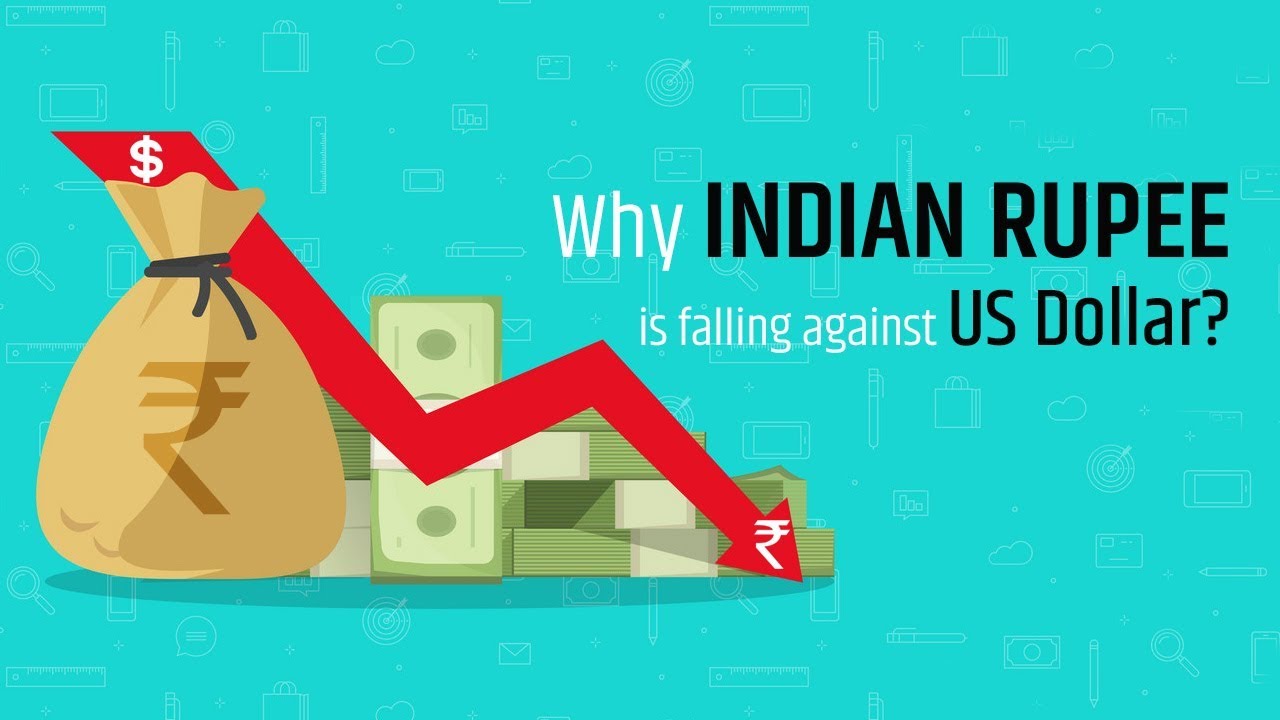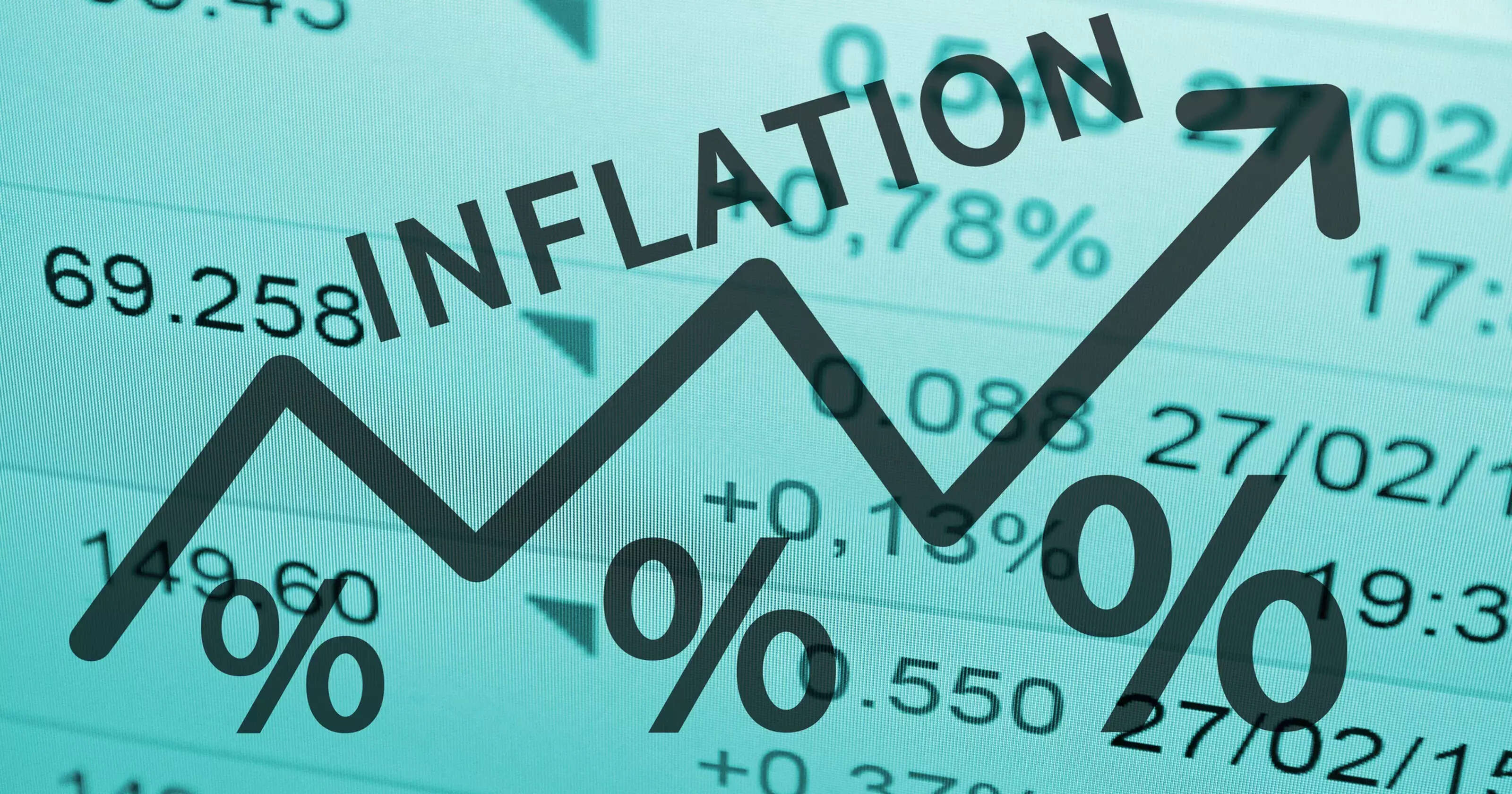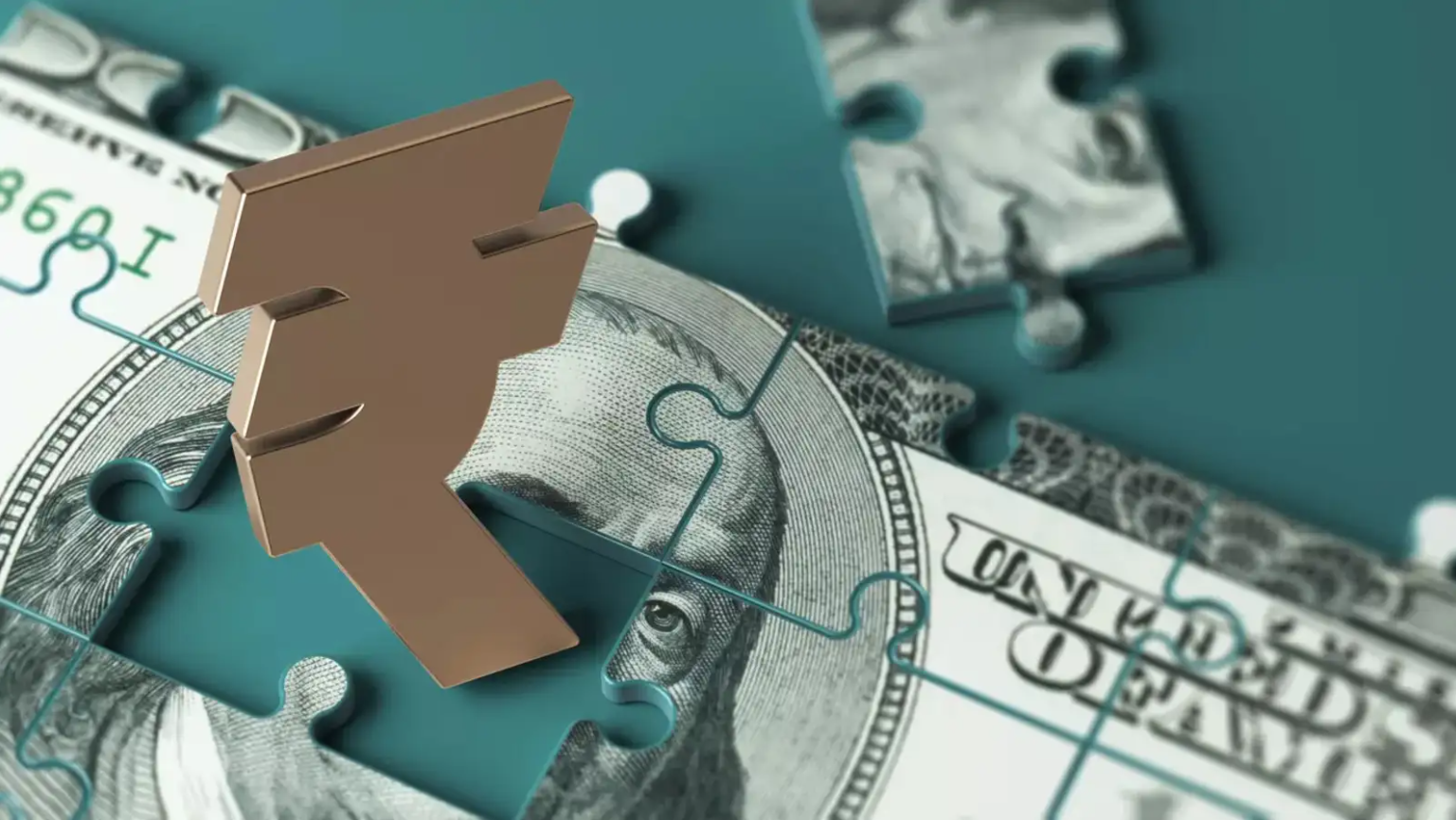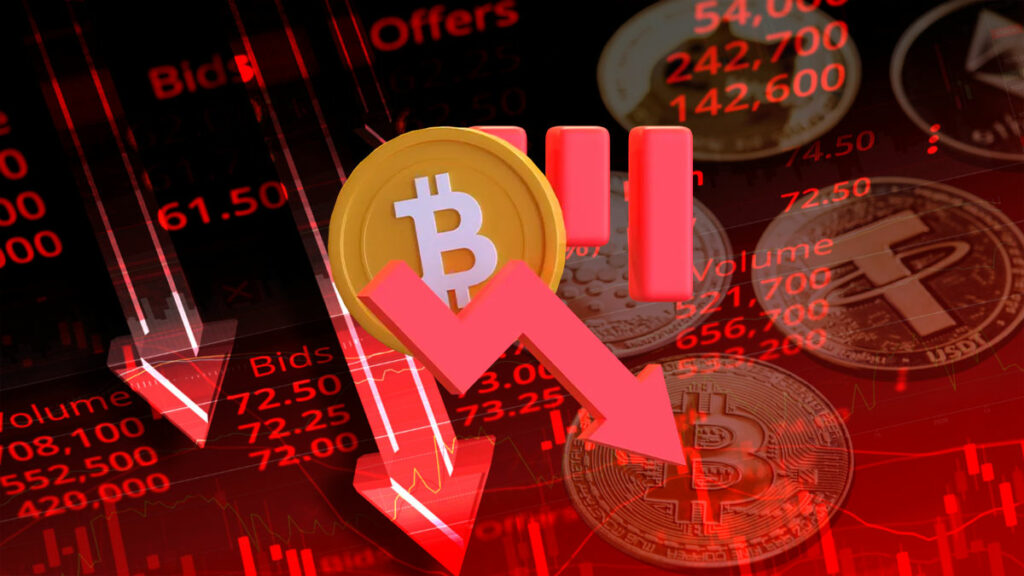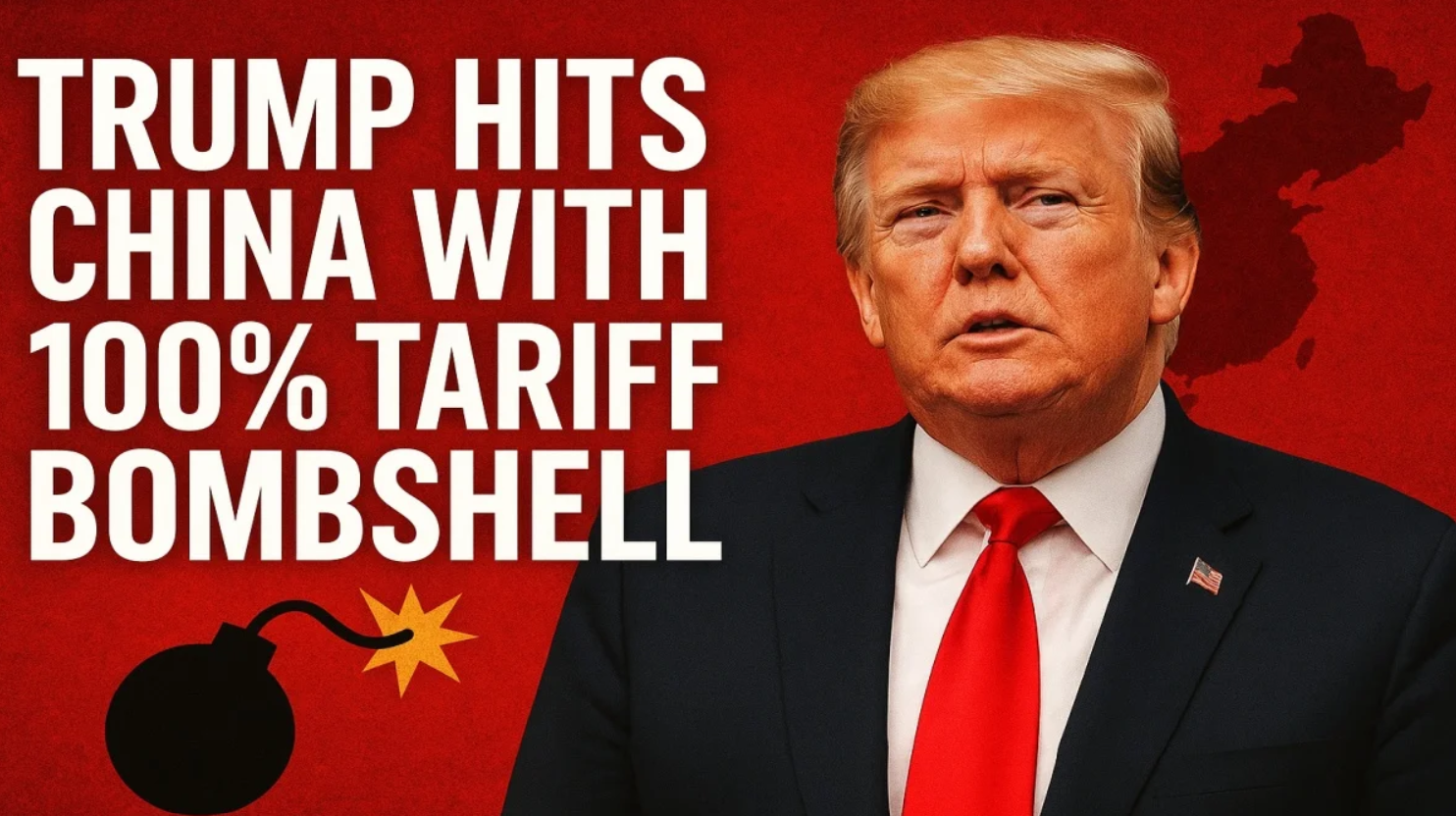For most Indians, hearing that the rupee has weakened against the dollar is nothing new. It has become almost expected. Every few years, headlines talk about the rupee hitting new lows and the dollar gaining strength. But if you’ve ever wondered why this keeps happening despite India’s growth, technological advancements, and booming exports, the answer is surprisingly simple and consistent. The real reason is inflation.
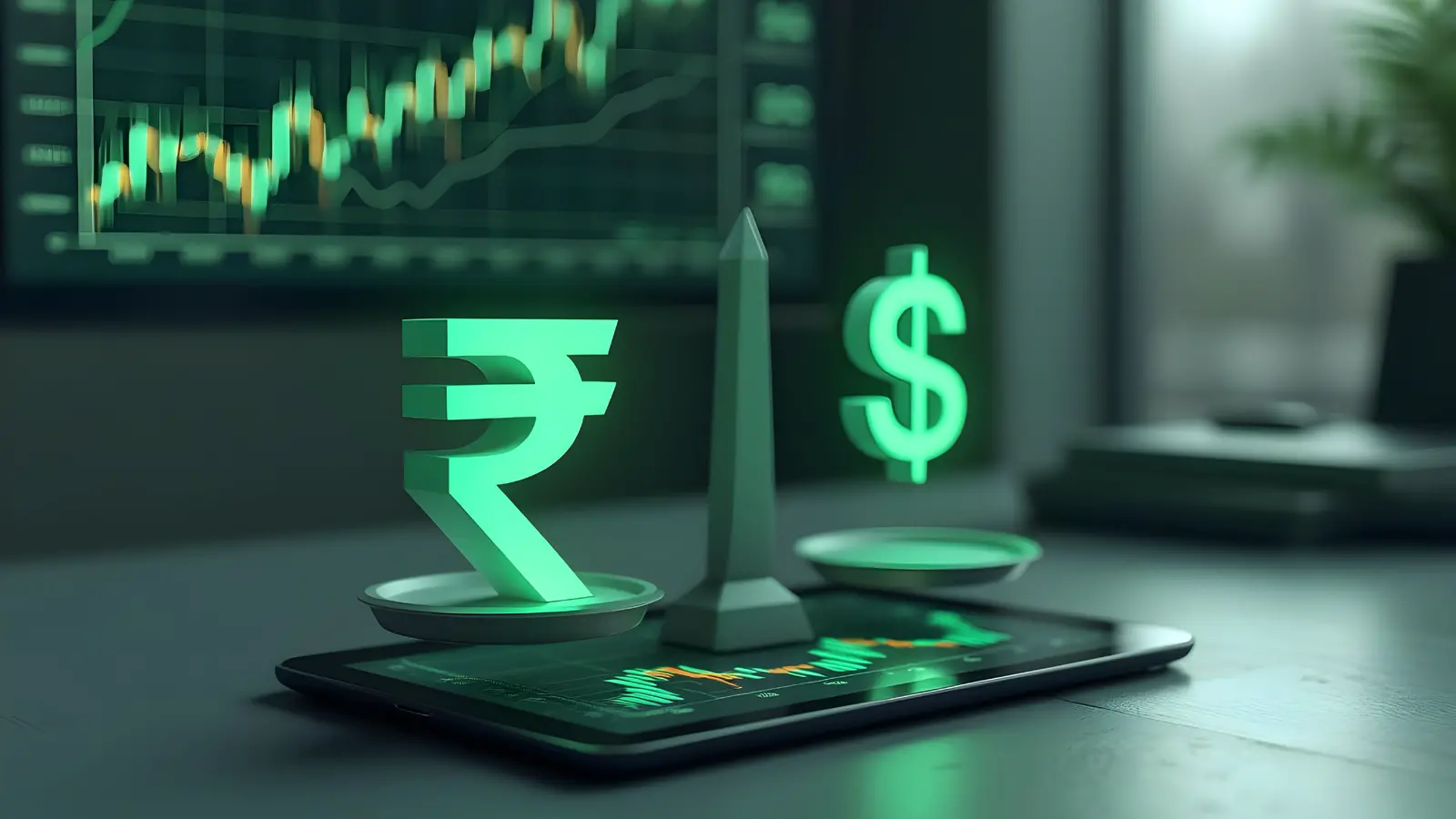
Let’s rewind the clock. In 1981, one US dollar could buy you 8 Indian rupees. Fast forward to the end of 2024, and that same dollar fetches 85 rupees. That’s not just a short-term fluctuation it’s a long-term trend that has lasted nearly half a century. The rupee has steadily lost value year after year, while the dollar has grown stronger in comparison.
Most people think currency movements are about global politics, oil prices, or sudden investor panic. While those factors do play a role in short-term shifts, they don’t explain a four-decade-long pattern. The consistent decline of the rupee boils down to one powerful economic force inflation. More specifically, it is the difference in inflation between India and the United States that drives this trend.
Inflation is essentially the rate at which money loses its purchasing power. If inflation in India is 6 percent, it means that something which cost 100 rupees last year now costs 106 rupees. The more inflation a country has, the less valuable its currency becomes over time. When you compare two countries, the one with higher inflation usually sees its currency depreciate against the other. And this is exactly what has been happening with the rupee and the dollar.
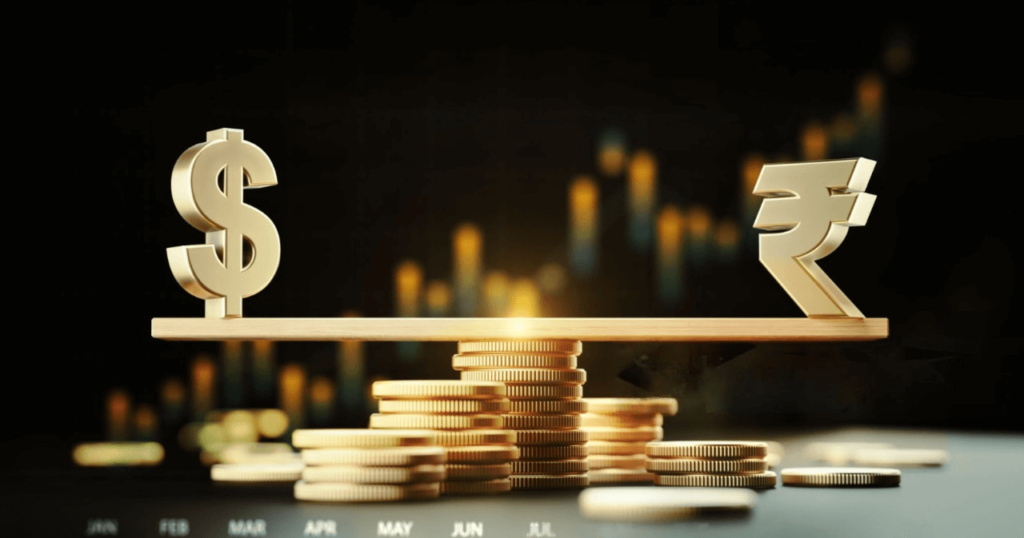
India has historically had higher inflation than the United States. On average, Indian inflation exceeds US inflation by about 4.4 percent every year. During the same period, the rupee has depreciated by roughly 5.3 percent annually. These two numbers are not coincidental. They are closely linked, and this pattern has been consistent for decades.
What does this mean for the future of the rupee? Unless India finds a way to permanently control its inflation better than the United States, the rupee will continue to decline. That’s not to say the rupee will crash or lose all value. It just means that over long periods, it will steadily lose ground to the dollar if inflation remains higher.
Interestingly, there is a silver lining. In recent years, the gap between Indian and US inflation has narrowed. As of 2024, the inflation differential has dropped to about 2.2 percent. This suggests that while the rupee may still depreciate, the rate of that depreciation could slow down. Of course, inflation is not something that changes overnight. It is driven by deeper factors like interest rates, monetary policy, and government spending. But when inflation remains high for a long time, it quietly chips away at a currency’s value, which is exactly what we have seen.
For people who earn in rupees and spend or invest in dollars like those studying abroad or importing goods this slow and steady weakening of the rupee can have real financial consequences. It also affects foreign travel, overseas education, and the cost of goods that rely on global supply chains. Even domestic investors who look at global opportunities must factor in currency depreciation when planning long-term goals.
So the next time you hear that the rupee has hit a new low against the dollar, don’t look for dramatic headlines or breaking news. Instead, look at inflation. That quiet economic force is the most consistent reason why the rupee keeps losing value over time.
Follow You Finance on Instagram and Facebook for more deep-dive stories, simplified insights, and smart financial guides to help you stay ahead.



